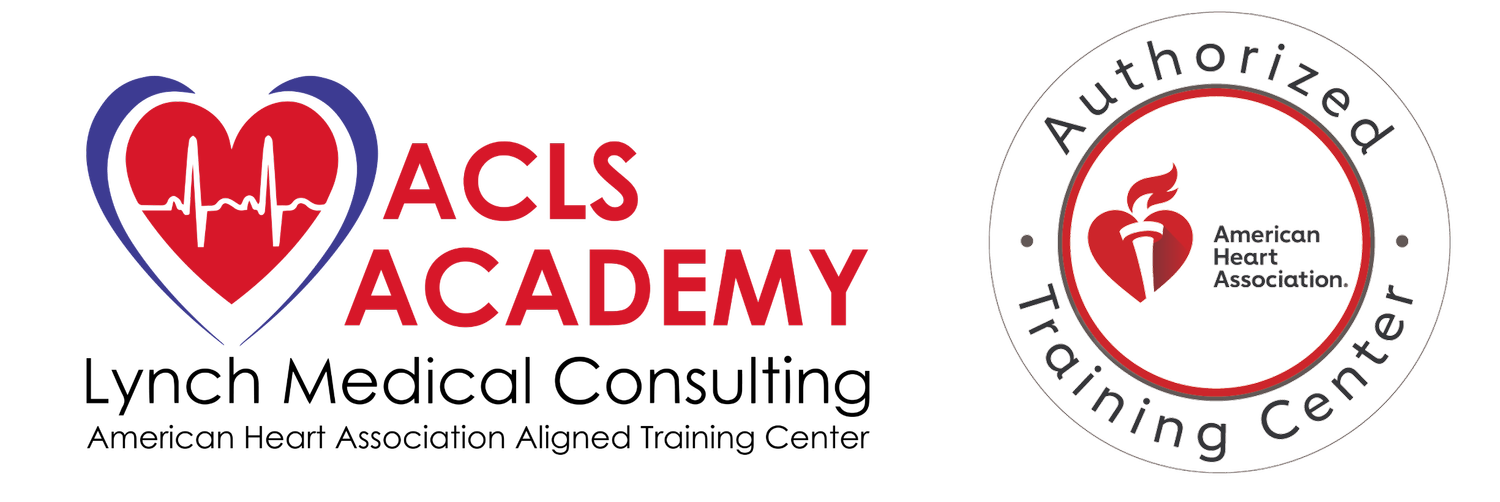The winter season brings on plenty of challenges, especially when you’re trying to stay active. Between cold temperatures, slippery conditions, and fewer daylight hours, it can be hard to stay motivated and get your body moving. But, staying active is one of the best ways to not only stay on track with your fitness goals! It’s also a great way to improve your mental and physical health.
Regular physical activity will help you feel better, will strengthen your bones and muscles, keep you sharp, and even boost immune function, just to name a few benefits. If you’re having a hard time staying active when the weather isn’t great, keep these tips in mind!
Do An At-Home Workout
One of the benefits of technology is how easily accessible it makes it to get exercise without leaving the comfort of your home! There are so many free and low-cost exercise and meditation videos online that help you do cardio, stretch, build strength, and meditate.
Monitor the Weather & Plan Ahead
Staying active in the winter months has so many benefits but that doesn’t mean you have to get out every day. If the weather isn’t great and the conditions are slippery, consider staying inside to keep yourself safe. Always monitor the weather and plan your activities accordingly.
Take a Walk
Taking a walk outside is one of the easiest ways to get your body moving! Call up a friend and take a stroll around your neighborhood or head to a local park or reservation.
Wear Layers
Before you head outside, make sure you’ve dressed appropriately! When you’re outside in a cold environment, dressing warmly in layers that insulate your body but are easy to remove, you avoid getting too warm. You don’t need to go too crazy with your layers either. Opt for just three: an inner layer to wick moisture away from the body (stay away from cotton!), a middle layer that’s heavier (think wool!) to insulate the body, and an outer layer to protect your body against rain and wind.
Watch for Signs of Frostbite and Hypothermia
Frostbite will occur when the cold induces constriction of the blood vessels, ultimately causing the hands, feet, nose, and ears to freeze. Symptoms of frostbite include a change in appearance of the skin and it becoming cold, numb, and painful.
Hypothermia is when body temperature is abnormally low. Some signs and symptoms include intense shivering, slurred speech, loss of coordination, and fatigue.

